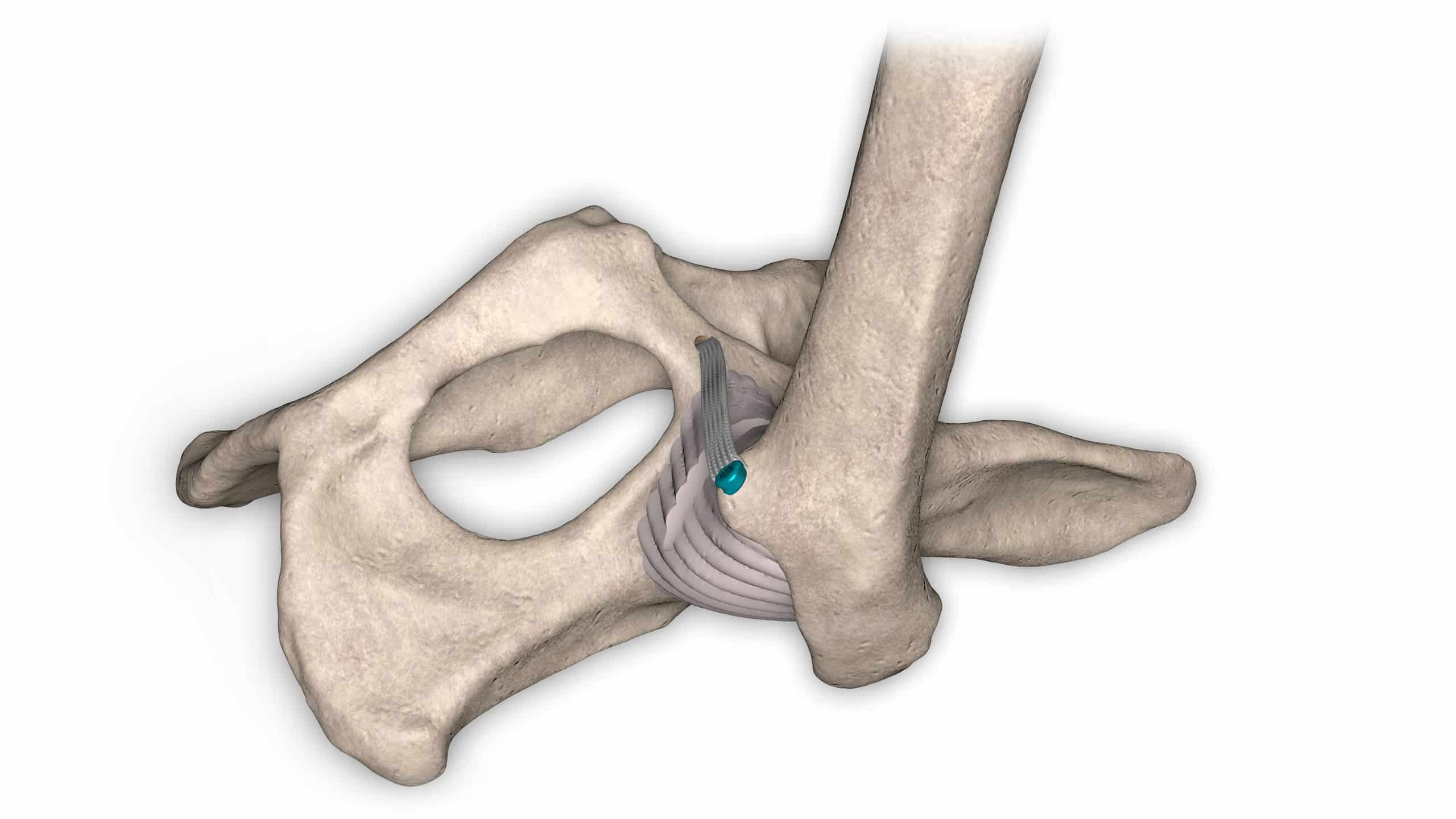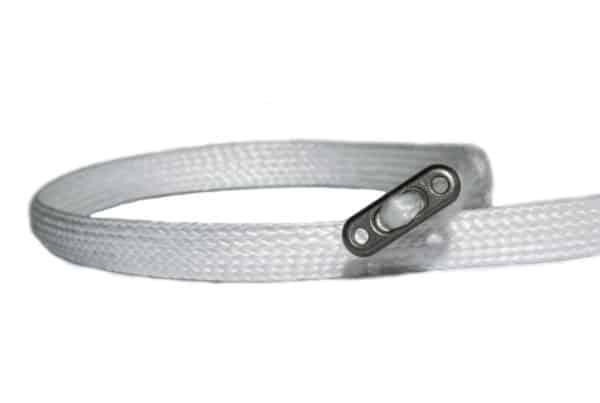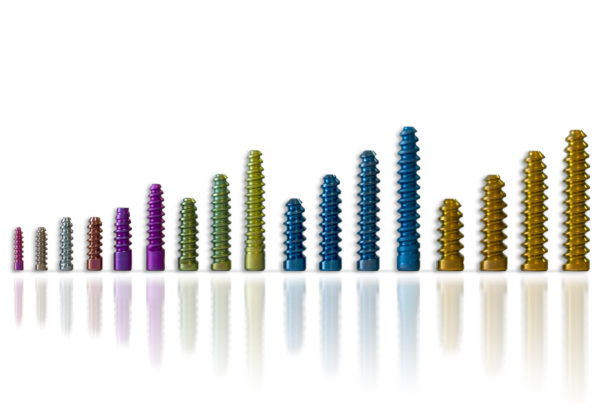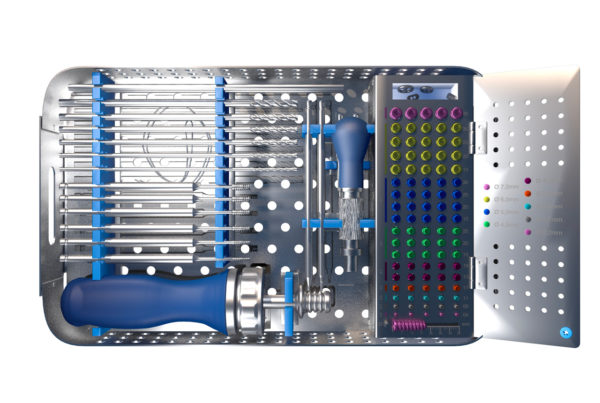Extra-articular stabilization of caudo-ventral hip dislocation
Traumatic dislocation of the hip regularly requires surgical management.
The joint can be stabilized using an iliofemoral suture technique. NOVALIG®-PLATINE offers superior strength and rapid iliac anchoring with its cortical button replacing the joint capsule, thus preventing the joint from dislocating again.
The use of NOVALIG®-PLATINE instead of an iliofemoral suture significantly reduces the risk of recurrence.
Developed in partnership with :

École Vétérinaire de Lyon

Dr Julien Letesson

F.A.Q.
What is the advantage of not using knots to fix the implant in the event of hip dislocation ?
Knots have varying strength from one surgery/surgeon to the other.
They also take up a certain volume, often close to the surgical approach, which may cause irritation and inflammation, or create a bridge for infection.
The use of an interference screw embedded in a bone tunnel offers the considerable advantage of keeping the synthetic material away from the skin and providing superior mechanical strength.
NOVALIG® is described as a synthetic ligament - but how is it different from a suture ?
NOVALIG® is much stronger and wider than a suture. Its theoretical strength can reach 8000N. Its special braiding makes it much less abrasive and sharp than FiberTech-type UHMWPE sutures, thus limiting bone shearing effects. It also has a favorable interface for cell colonization.
The NOVALIG® ligament is relatively long, which makes multi-ligament repair possible with a single ligament and several bone anchors.
Why use interference screws for fixation ?
Interference screws provide immediate, atraumatic fixation for the implant and are fully fixed in the bone. They reduce the risks of irritation and early laceration thanks to a large knot.
The mechanical resistance of this type of fixation has made it a gold standard in many human medicine applications.




